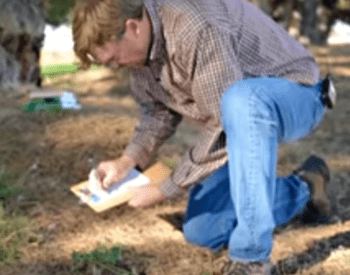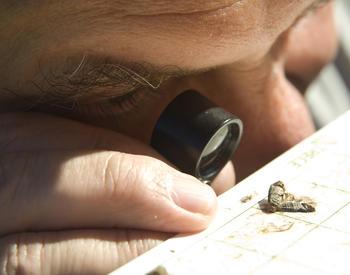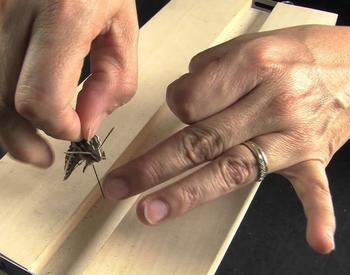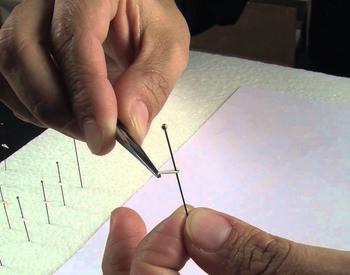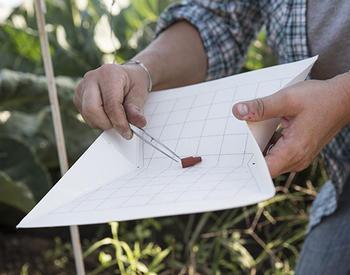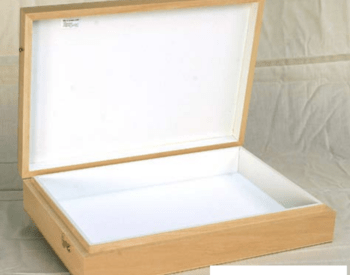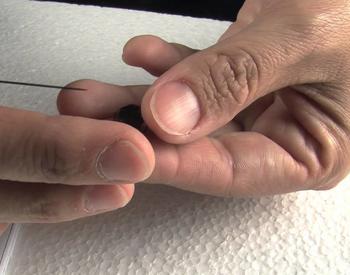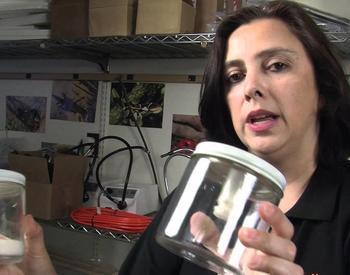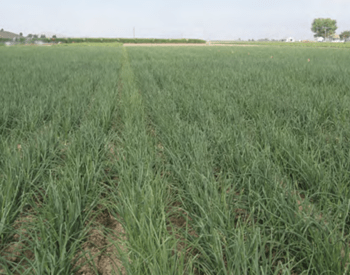Our landlord asked us if we would do termite treatment on our house. Since we don’t have experience with termites, we weren’t sure what our responsibility would be, as renters. Additionally, my partner works with wood a lot and brought expensive, irreplaceable lumber with him. We are wondering if we need to be concerned about our materials.
Since moving in we’ve noticed termites both un-winged and winged around the front of the house. I was able to locate a number of large stumps and wood piles left on the grounds where they appear to be emerging from in the evenings.
What prevention methods should renters who are responsible for pest control use to prevent termites?
Often, the only termite treatments for homes in Oregon are performed at the pre-construction phase. To protect the overall structure, you might consider pushing back to have the landlord manage the risks and treatment. The liability(ies) may be difficult to manage. A formal inspection may be needed, and it takes a trained professional.
For assistance with selecting a professional, your landlord can contact the National Pesticide Information Center (NPIC) at 1-800-858-7378 or check out the NPIC article Selecting a Pest Control Company.
Termites and moisture
When wood comes in contact with the soil, it creates a pathway for termites to infest the whole structure. Often, the wooden elements of a structure are seated on a concrete footing.
If the wood products that you are storing are kept dry, you probably don't need to be concerned about termite infestation. We only have subterranean termites in Oregon, not the "Drywood" variety.
You did a great job identifying the stumps/logs where the colonies thrive nearby! After a nice rain, colonies often produce winged, reproductive individuals, and they emerge all at once from surrounding colonies. They are looking for a mate, then a home. When looking for a home, they are seeking wood that has moisture available nearby, such as wood contacting soil, or wood with a leaky pipe overhead.
When I think of your stored wood, I think about "true aerial colonies," which do exist... but only where moisture is consistently present. Otherwise, subterranean termites nest in soil.
For additional control suggestions, read this webpage: Termites, NPIC.


